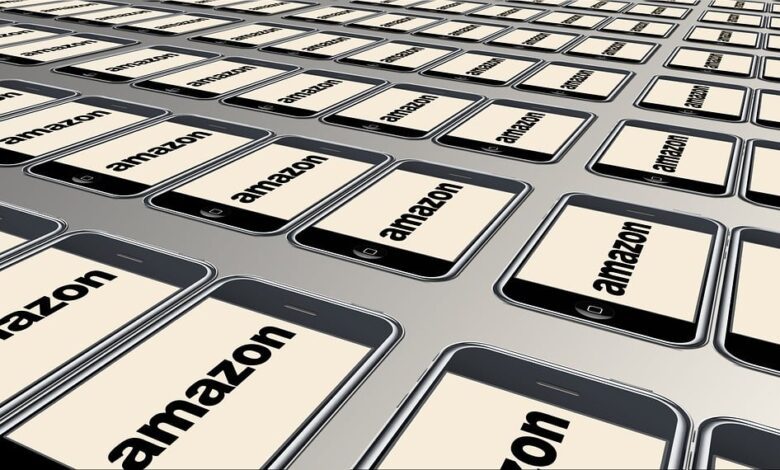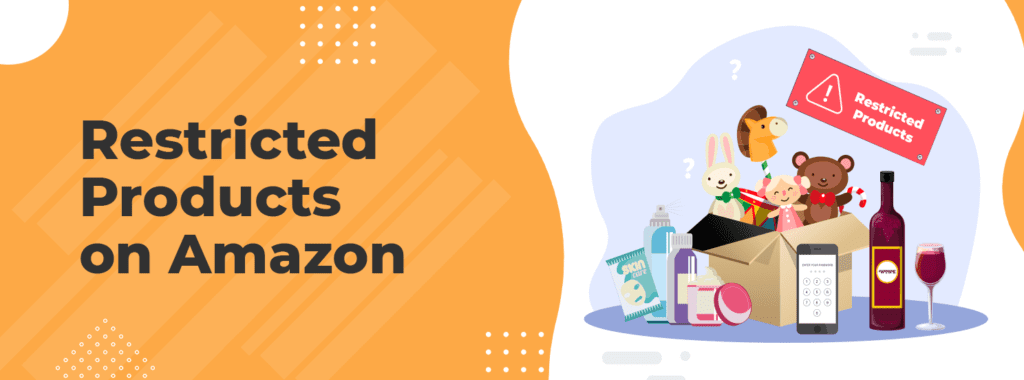

Introduction
Online shopping has revolutionized the way we buy products, offering convenience and a vast array of options. Amazon, the e-commerce giant, has become a household name, providing a platform that seemingly offers everything from A to Z. However, behind this expansive marketplace lies a disturbing truth – the prevalence of illegal and dangerous products. In this article, we will delve into the dark side of Amazon’s third-party marketplace, uncovering the safety concerns and legal issues associated with the sale of illegal products.
The Explosive Growth of Amazon
Over the past two decades, Amazon has transformed from a humble online bookstore to a global e-commerce empire. Its success can be attributed, in part, to the third-party merchant marketplace it offers. While many merchants on this platform are legitimate retailers, manufacturers, and resellers, there is a significant number selling counterfeit, mislabeled, unsafe, recalled, and even banned items. The Wall Street Journal conducted an extensive investigation, revealing shocking findings about the sale of illegal products on Amazon.
The Alarming Reality: Thousands of Dangerous Products
During their months-long investigation, the Wall Street Journal identified over 4,100 illegal products listed for sale on Amazon.com. Disturbingly, more than 2,000 of these products were toys or medications that failed to include proper warnings about the risks they posed to children. Among the Journal’s findings were 116 products falsely labeled as FDA-approved, 80 listings for infant “sleeping wedges” known to cause suffocation, 1,412 electronics falsely claiming to be UL-certified, and 2,324 toys that lacked federally mandated choking hazard warnings.
False Claims and Unregulated Listings
One concerning aspect of Amazon’s third-party marketplace is the prevalence of false claims and unregulated listings. The Wall Street Journal commissioned tests on ten children’s products purchased from Amazon, some of which carried the mysterious “Amazon’s Choice” badge. Shockingly, four of these products failed safety tests based on federal standards, including one with excessively high levels of lead. Moreover, the Journal found 4,500 balloon listings without required choking hazard warnings, with an additional 2,200 balloon listings discovered weeks later. In total, the Journal identified 10,870 problematic listings, of which 83% were eventually removed or altered by Amazon.
Recalled and Mislabeled Products
The marketplace setup of Amazon has created a breeding ground for recalled and mislabeled products. The Wall Street Journal’s investigation revealed a staggering 157 products for sale on Amazon that were already banned by the company. Even more concerning, many of these banned items resurfaced under different listings after being removed by Amazon. This whack-a-mole situation highlights Amazon’s lack of oversight unless a specific complaint or media report brings an item to their attention. The company’s failure to regulate listings has resulted in the sale of apparel promoting rape, slavery, and Nazi ideologies, as well as recalled and harmful goods.
The Dominance of Third-Party Merchants
Approximately 60% of Amazon’s physical retail sales come from its third-party marketplace, generating billions of dollars in revenue. However, even cautious consumers may unknowingly purchase products from these third-party merchants, assuming they have been reviewed and approved by Amazon. The Wall Street Journal’s investigation discovered that many of the problematic items were fulfilled by Amazon, eligible for Prime shipping, and shipped in Amazon-branded boxes. This blurring of lines between Amazon’s own inventory and third-party products further exacerbates the risks associated with illegal and dangerous items.
The Persistent Threat of Counterfeit Products
Counterfeit products pose an ongoing challenge for Amazon and its customers. Although the Wall Street Journal did not test counterfeit goods, they are prevalent on the platform, ranging from luxury items to cheap USB cables. These counterfeit products not only deceive customers but also compromise their safety. Unlike genuine products, counterfeits often lack the quality control and safety standards required, putting consumers at risk. Addressing the issue of counterfeit products is crucial for Amazon to maintain its reputation as a trusted online marketplace.
Limited Recourse for Consumers
Navigating the treacherous landscape of illegal products on Amazon is a daunting task for consumers. Even if a damaging or defective product is purchased, seeking recourse through legal channels can be challenging. Lawsuits against Amazon often face obstacles, and the outcome varies depending on the jurisdiction and interpretation of the law. In some cases, Amazon has been held liable for injuries caused by third-party products, while other courts have deemed Amazon as merely a platform rather than a seller. This lack of clarity adds to the difficulty consumers face in seeking justice.
Amazon’s Response and Responsibility
In response to safety concerns and the sale of illegal products, Amazon has stated that it provides various channels for reporting safety issues. The company claims to take swift action to protect customers by removing unsafe products from its platform and conducting investigations. However, the Wall Street Journal’s investigation suggests that Amazon’s response is often reactive rather than proactive. To ensure the safety of its customers, Amazon must prioritize preventative measures, such as stricter seller vetting, enhanced product scrutiny, and closer collaboration with regulatory bodies.
The Need for Regulatory Intervention


While Amazon shoulders a significant responsibility in addressing the sale of illegal products, regulatory bodies must also play a crucial role in safeguarding consumers. Collaboration between Amazon and these regulatory agencies is crucial to establish robust mechanisms for monitoring and enforcing safety standards. Additionally, governments should consider implementing stricter regulations and penalties for companies that fail to prevent the sale of illegal and dangerous products. This comprehensive approach can help mitigate the risks associated with online marketplaces and protect consumers from harm.
Conclusion
Amazon’s meteoric rise as the go-to online marketplace has come at a cost – the proliferation of illegal and dangerous products. The Wall Street Journal’s investigation shed light on the alarming reality of counterfeit, mislabeled, unsafe, and banned items being sold on Amazon. The dominance of third-party merchants, the lack of oversight, and the persistence of counterfeit products pose significant risks to consumers. It is imperative for Amazon, regulatory bodies, and consumers to work together to address these challenges and ensure a safer online shopping experience for all.





